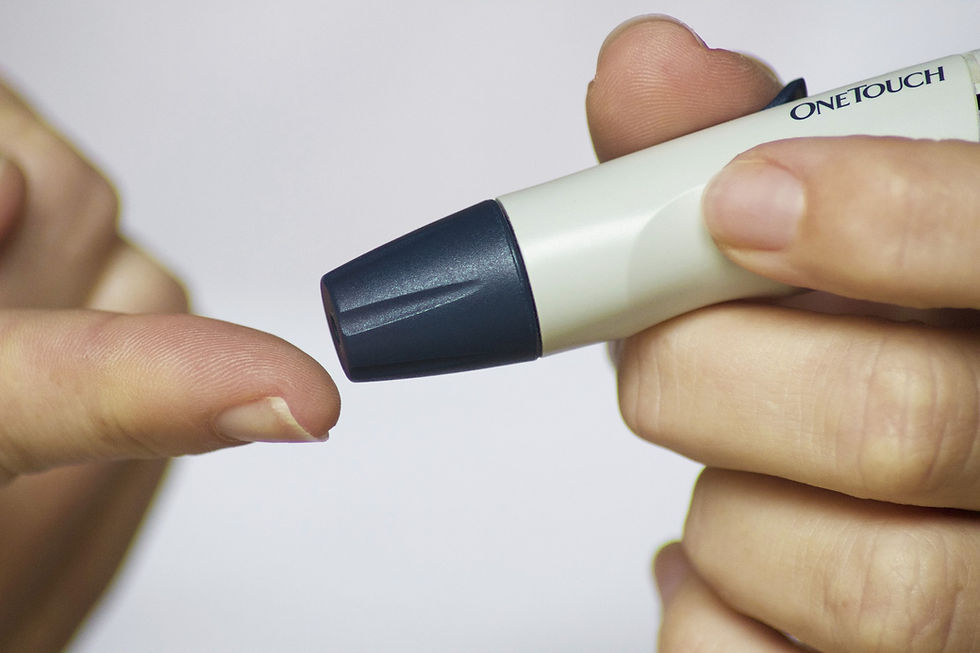A Primer on MDLs - FAQs
Basic MDL Statistics
Products-Liability Proceedings
Looking at the total number of actions filed within these 205 MDL proceedings shows that between 92-95% of all the actions filed in MDLs are products liability.
New filings in MDLs currently make up between 15-21% of all new federal civil filings.
Lead Lawyers & Repeat Players
Judges aren't able to speak directly with every lawyer in massive multidistrict proceedings. So, they appoint lead lawyers on behalf of the plaintiffs.
The number of leaders varies by proceeding, with lead counsel as the most powerful position.
As indicated by the graphs below, both plaintiff and defense leadership positions tend to be populated by repeat players.
Click on the graph for an interactive version.
Mass Tort Settlement Provisions
Mass Tort Deals marshals a wide array of empirical data on multidistrict litigation to suggest that the systemic lack of checks and balances for these cases may benefit everyone but the plaintiffs.
Analyzing mass-tort cases consolidated over 22 years and settled over 14, including the deals insiders negotiate, the “common-benefit” attorneys’ fees that the lead plaintiffs’ attorneys receive to run the litigation, and the judicial rulings, reveals a troubling pattern: repeat plaintiff and defense attorneys persistently benefit from the current system.
Defense lawyers are able to end sprawling lawsuits on their corporate client’s behalf while lead plaintiffs’ lawyers broker deals that reward them handsomely and sometimes pay litigants very little.
By identifying settlement provisions that one might argue principally benefit the repeat players, Mass Tort Deals examines the publicly available nonclass settlements these elite lawyers designed. All of those settlements can be downloaded by clicking on the links below.
Every settlement features at least one closure provision for corporate defendants (all listed and described below), and nearly all contain some provision that increases lead plaintiffs’ lawyers’ common-benefit fees.
Bargaining for attorneys’ fees with one’s opponent is a stark departure from traditional contingent-fee principles, which are designed to tie lawyers’ fees to their clients’ outcome. Based on the evidence available, there is reason to be concerned that when repeat players influence the practices and norms that govern multidistrict proceedings and settlement programs—when they “play for rules,” so to speak—the rules they develop may principally benefit them at plaintiffs' expense.

Settlement Agreements
(Click below to view)
Lead Plaintiffs' Lawyers' Fees Negotiated with Defendant
84%
All Settlements Except NuvaRing and American Medical Systems (data unavailable)
Whatever money is left in a settlement fund after the program doles it out then reverts to the corporate defendant, which can incentivize defendants to craft strict recovery criteria.
100%
All Settlements
If fewer than the desired percentage of plaintiffs enter the settlement program, the corporate defendant may call the deal off. Required participation rates ranged from 85-100%
Yasmin/Yaz I & II, DePuy ASR I & II, Vioxx, NuvaRing, Actos, Zimmer Durom Hip Cup
Dealmakers jointly petition the judge to issue a census that requires all attorneys with a case in the MDL proceeding to register all their clients' state and federal claims, whether filed or unfiled, so that the corporate defendant can use that number as the denominator for calculating compliance with the walkaway percentage.
By plaintiffs' attorney: Propulsid I & II, Vioxx, Fosamax, American Medical Systems
By defendant: DePuy ASR I & II
By plaintiffs' attorney: Propulsid I & II, Vioxx, Fosamax, American Medical Systems
By defendant: DePuy ASR I & II
Mandatory: Propulsid I & II, Vioxx, Fosamax, American Medical Systems
Best efforts: Yasmin/Yaz I & II, DePuy ASR I & II, NuvaRing, Actos
All participating attorneys must recommend that all their clients enter into the settlement program.
DePuy ASR I & II, Zimmer Durom Hip Cup, Fosamax, American Medical Systems
By aiming to prevent new lawsuits from being fied once a settlement is announced, these provisions take various forms, such as reducing payouts to those without counsel on the settlemnett date, restricting lawyer advertising, or affirming that participating lawyers have no intent to solicit new clients.
30%
Propulsid I & II, DePuy ASR I & II
Whatever money is left in a settlement fund after the program doles it out then reverts to the corporate defendant, which can incentivize defendants to craft strict recovery criteria.
Index to Data Available in Mass Tort Deals


























